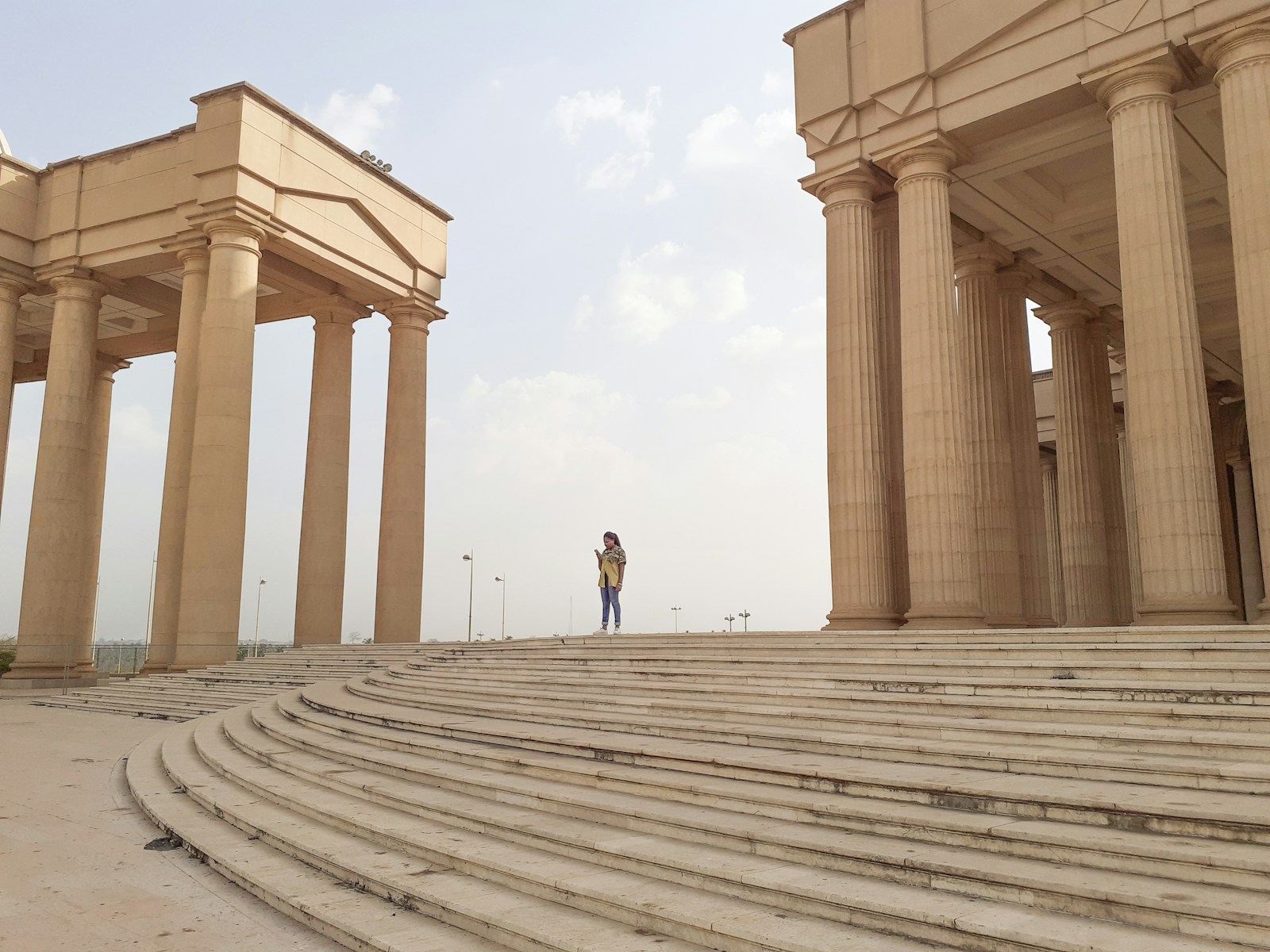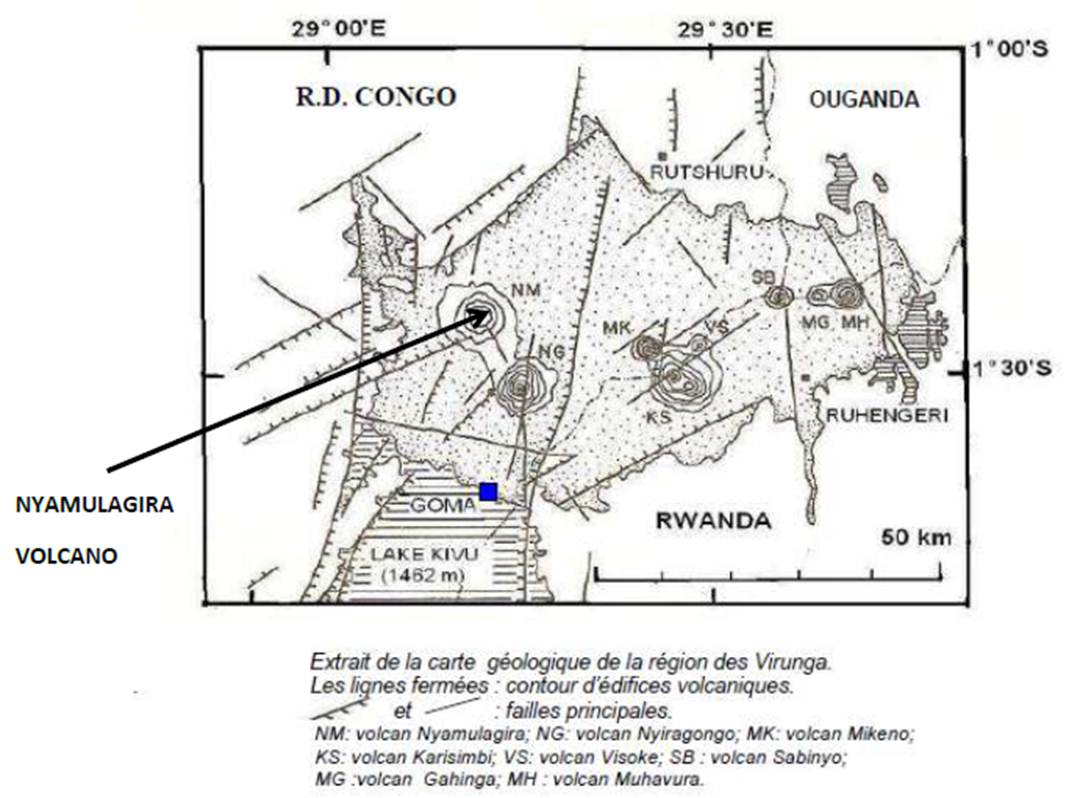Tanzania is often celebrated as one of Africa’s most peaceful nations, but its early years of independence were anything but stable. In the wake of decolonization, the country faced violent uprisings, a mutiny within its military, and Cold War pressures that threatened its fragile unity. At the center of this turbulence was Julius Nyerere, the nation’s founding president, who not only held the country together but also built an entirely new army that would become a cornerstone of African liberation movements.
A Nation Without an Army
Tanzania, then known as Tanganyika, gained independence from Britain in December 1961. Barely two years later, two crises shook the new nation: the violent Zanzibar Revolution in January 1964, followed almost immediately by a mutiny in the Tanganyika Rifles, the country’s colonial-era military. Dissatisfied with poor pay and limited career prospects, soldiers revolted, leaving the government in crisis. Nyerere, unable to rely on his own forces, requested British military assistance to restore order, after which he dismantled the mutinous army. Suddenly, the young nation found itself without a defense force.
Building a new army from scratch was no small task. Nyerere had prioritized education and healthcare through his socialist project, Ujamaa, leaving few resources for the military. Yet, with support from the Organisation of African Unity (OAU) and cooperation from allied states, the Tanzania People’s Defence Force (TPDF) was founded in September 1964. Unlike the colonial army it replaced, this new force would reflect African values and serve broader liberation struggles across the continent.
Shaping a Force for Unity and Liberation
The early years of the TPDF coincided with efforts to unify Tanganyika and Zanzibar. The Zanzibar Revolution had sparked fears among Western powers that the island could become a Marxist outpost, especially with Soviet and Chinese advisers present. By integrating fighters from the Zanzibari People’s Liberation Army into the new TPDF, Nyerere demonstrated that the army would serve both national and regional interests. Its mission extended beyond defending Tanzania it would also support African unity and independence struggles.
The Nerve Centre of African Liberation
During the 1960s and 1970s, Tanzania emerged as a central hub for liberation movements across southern Africa. Dar es Salaam became the headquarters of the OAU Liberation Committee and hosted exiled leaders from the African National Congress (ANC), the Pan-Africanist Congress (PAC), FRELIMO of Mozambique, SWAPO of Namibia, and Zimbabwean movements ZANU and ZAPU. Tanzania’s defense force provided logistical support, training facilities, and safe havens for these groups. This earned the country recognition as one of the “frontline states” dedicated to ending colonialism and white minority rule in Africa.
The TPDF was not just symbolic it played an active role. It supported FRELIMO in Mozambique, facilitated supply chains for liberation armies, and trained fighters who would later shape the political futures of their nations. Tanzania’s commitment to these struggles highlighted Nyerere’s vision of linking national independence with continental liberation.
Confronting Regional Threats
While supporting liberation movements abroad, Tanzania also faced threats closer to home, particularly from Uganda under Idi Amin. Relations between the two leaders quickly soured, leading to border clashes throughout the 1970s. Tensions escalated when Amin invaded Tanzanian territory in 1978, seizing the Kagera region. In response, Nyerere ordered a full-scale counterattack. The TPDF not only reclaimed Tanzanian land but also advanced into Uganda, ultimately overthrowing Amin in 1979 and staying nearly two years to stabilize the country.
Strategic Alliances and Cold War Balancing
Nyerere’s approach to military building was deeply pragmatic. Though committed to a non-aligned stance, Tanzania secured resources and training from diverse partners, including Canada and other sympathetic states. By blending foreign assistance with African solidarity, Nyerere ensured that the TPDF remained both professional and ideologically committed to the fight against colonialism and apartheid.
Legacy of Nyerere’s Military Vision
The creation of the TPDF represented more than just a response to crisis. It was a deliberate effort to transform a colonial military structure into an African institution rooted in sovereignty, unity, and solidarity. Nyerere’s leadership proved that the armed forces could be more than instruments of state control they could be engines of liberation for oppressed peoples across the continent.
General Reflection
Tanzania’s story demonstrates how visionary leadership can turn vulnerability into strength. Nyerere inherited a nation in turmoil, stripped of its army and facing Cold War pressures. Through determination and regional cooperation, he built a defense force that safeguarded Tanzania’s sovereignty and contributed to the broader struggle for African independence. His legacy reminds us that armies, when rooted in justice and solidarity, can become tools for liberation rather than oppression—a lesson that continues to resonate across Africa today.
for more news : africaciviclens.com




